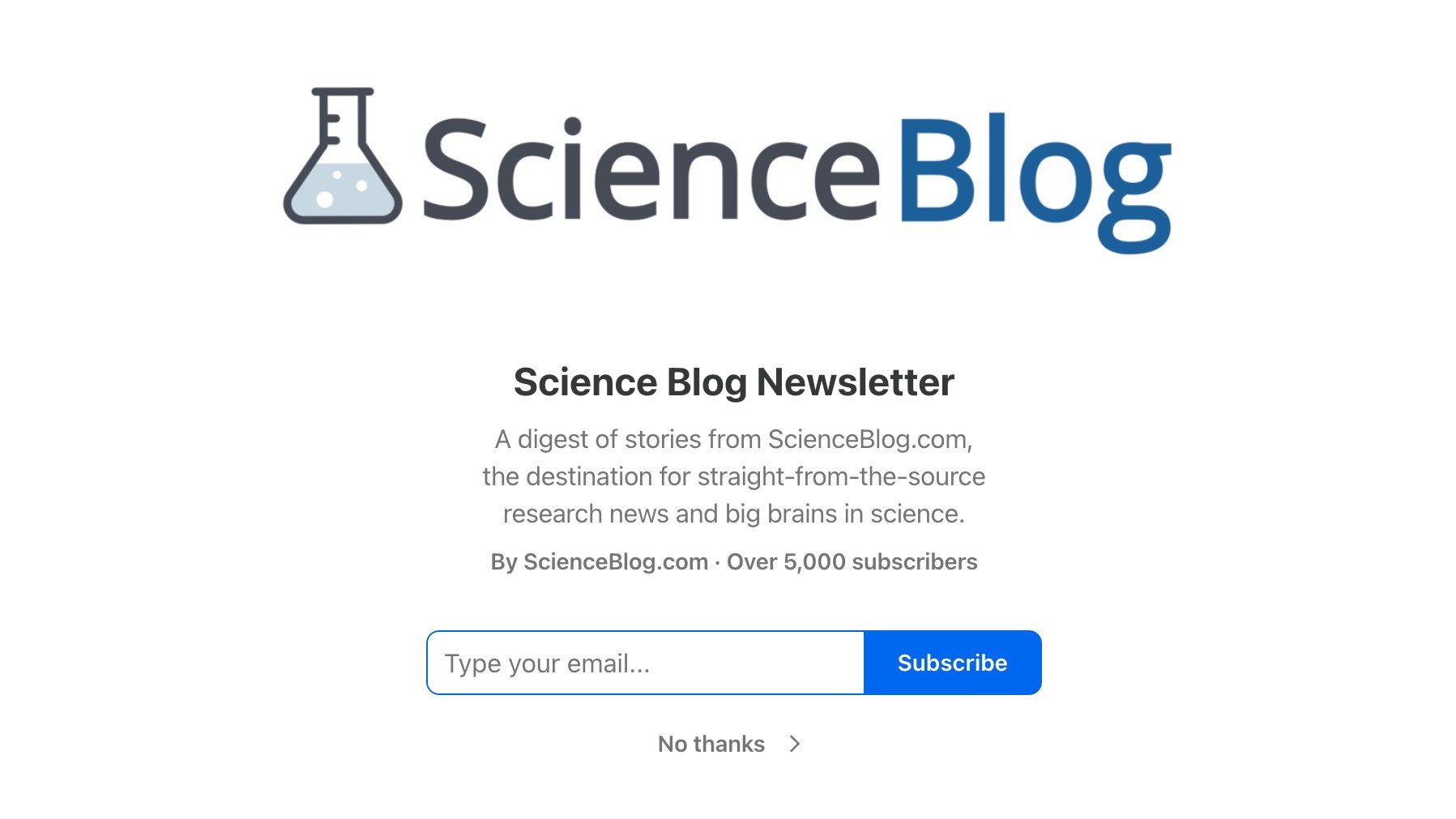When it comes to monitoring the abundance and behaviors of whales, most research and conservation efforts rely on visual observations. People go out on a boat and systematically scan the ocean, clipboard in hand. “But the ocean is very vast, and it takes time to do this kind of survey,” said Purnima Ratilal, associate professor in the Department of Electrical and Computer Engineering at Northeastern.
Furthermore she said in a press release issued by Northwestern, sperm whales are known to dive for up to an hour at a time, so you can never be sure you’ve seen all the whales in a given radius because they may just be too deep to observe.
That’s why Ratilal is using acoustic methods to compliment current whale monitoring efforts. In a paper recently published in the Journal of the Acoustic Society of America, Ratilal and her team present the first high-resolution acoustic data localizing sperm whales in shallow continental shelf waters.
Ratilal’s expertise is in underwater acoustic sensing methods, particularly long-range sensing with densely-sampled towed hydrophone arrays. This is basically a long hose with dozens of underwater microphones affixed to it every half meter or so. The hydrophones pick up sound from all directions, and then algorithms also developed in Ratilal’s lab parse the data to identify where a sound of interest is coming from, in both direction and range, then delete the noise coming from other directions and areas.
“We get a cacophony of natural sounds and then have to distinguish individual whale calls from one another,” she explained.
Last year, she and her team were out testing their new towed array device, co-developed by BAE Systems and Einhorn Engineering with funding from the National Science Foundation, in the coastal waters between southern Cape Cod and Maine when they came across a lone sperm whale swimming on the continental shelf on the Gulf of Maine. Normally sperm whales like to stick to the continental slope, which is deeper and farther out to sea. This is where the squid live—“their favorite food,” Ratilal said.
This lone ranger may have been scavenging for food along the shallower shelf, but it’s unclear exactly why he’d strayed from his mates. Nevertheless, he was sounding the characteristic short clicks that sperm whales use to echolocate their prey, which in turn Ratilal’s group used to locate the whale.
Previous acoustic work used a handful of omnidirectional hydrophones to home in on a whale’s exact location. But in that case, the method could only localize whale sounds in the vicinity of the hydrophones. Ratilal’s method allows her to probe further out into the sea and also to localize deep diving whales not visible on the surface.
The team also used the method to find a larger group of whales swimming on the deeper continental slope south of Cape Cod. In that case, they were able to use their data to separate the individual sounds of about six or seven different whales. Ratilal said. “We’re characterizing and distinguishing the different whales’ clicks,” she explained.
The towed arrays aren’t strangers to the ocean. Both the Navy and the oil industry use towed arrays for their various geophysical surveys, which Ratilal believes could be used to simultaneously protect whales from large marine vessels as well as provide useful monitoring data using her approach. “If they’re already out there with their arrays, they could be getting seismic prospecting data and at the same time they could sense the whales in the vicinity and make sure they’re at a safe distance,” she said.

